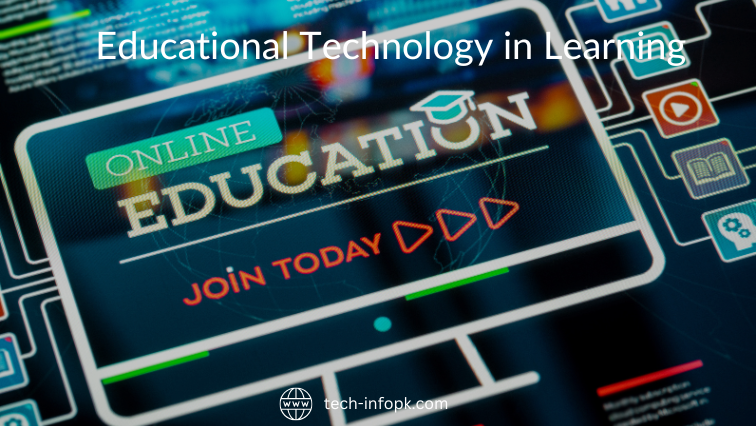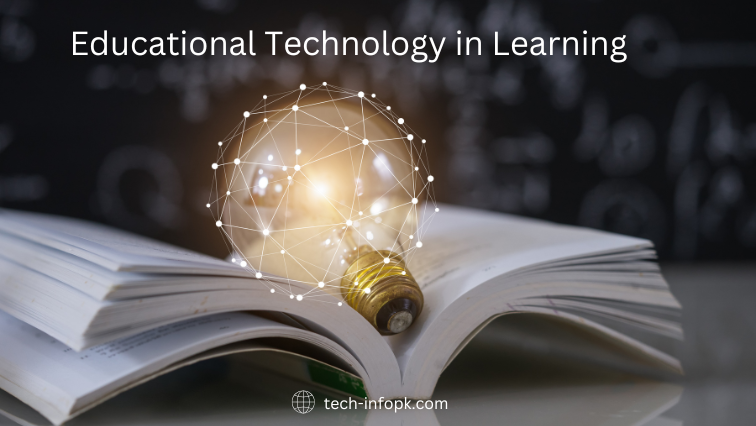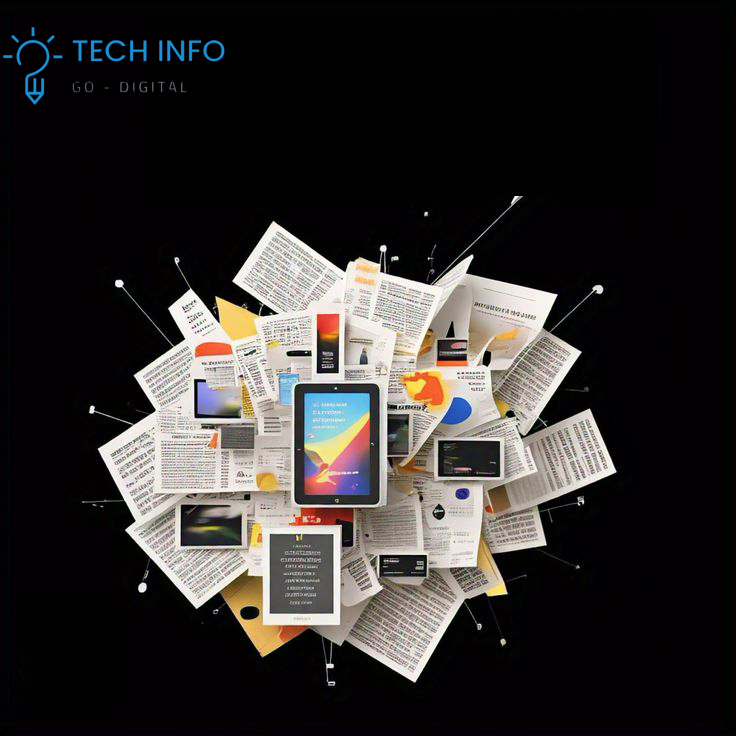Table of Contents
ToggleEducational Technology
Educational technology, commonly referred to as EdTech, is reshaping how education is delivered and consumed across the globe. By integrating technology into teaching and learning processes, educators are creating more dynamic, engaging, and effective educational experiences. In this article, we delve deeply into educational technology, exploring its innovations, challenges, and the promising future it offers.

The Evolution of Educational Technology
Educational technology has its roots in early teaching tools, such as chalkboards and printed textbooks. With the advent of computers in the late 20th century, a new wave of digital learning began, leading to significant advancements in how students access and interact with educational content. From interactive software to online courses, technology has consistently pushed the boundaries of traditional classroom learning.
The introduction of the internet marked a pivotal moment for EdTech. Suddenly, students could access vast amounts of information and resources from anywhere in the world. E-learning platforms emerged, offering courses, tutorials, and certifications online. This shift democratized education, enabling learners in remote areas to access high-quality instruction that was previously unavailable to them.
Key Innovations in Educational Technology
One of the most significant developments in EdTech is the use of artificial intelligence (AI) in personalized learning. AI-powered platforms analyze students’ strengths, weaknesses, and learning styles to provide tailored content. This personalized approach ensures that learners progress at their own pace, improving retention and engagement.
Virtual Reality (VR) and Augmented Reality (AR) are transforming education by creating immersive learning environments. For instance, students can explore historical sites in VR or perform virtual lab experiments in AR. These technologies enhance experiential learning, making abstract concepts tangible and understandable.
Gamification is another innovative strategy in EdTech. By incorporating game-like elements such as points, badges, and leaderboards, educators motivate students to engage more actively with learning materials. Gamification fosters competition and collaboration, creating a more interactive educational experience.
The Role of EdTech in Remote Learning
The COVID-19 pandemic underscored the importance of educational technology in facilitating remote learning. Schools and universities worldwide shifted to online platforms, leveraging video conferencing tools, learning management systems, and digital collaboration platforms. This transition highlighted both the potential and challenges of EdTech.
Remote learning tools allowed educators to continue teaching despite lockdowns. However, it also exposed disparities in access to technology. Students without reliable internet connections or devices faced significant obstacles, emphasizing the need for more inclusive EdTech solutions.
Benefits of Educational Technology
Educational technology offers numerous benefits for students and educators. For students, it provides access to diverse learning resources, enabling self-paced and self-directed learning. Digital platforms often include multimedia content, such as videos, animations, and interactive quizzes, which enhance understanding and retention.
For educators, technology simplifies administrative tasks, such as grading and attendance tracking, allowing them to focus more on teaching. EdTech also facilitates professional development through online courses and webinars, helping teachers stay updated with the latest pedagogical strategies.
Challenges in Implementing EdTech
Despite its advantages, integrating educational technology into schools and institutions is not without challenges. One major issue is the digital divide. In many regions, access to technology is limited, creating inequalities in educational opportunities. Addressing this divide requires significant investments in infrastructure and affordability.
Another challenge is teacher readiness. Many educators lack the skills or confidence to effectively use EdTech tools. Providing comprehensive training and support is crucial to ensure that technology enhances, rather than hinders, the learning experience.
Privacy and data security are also significant concerns. EdTech platforms collect vast amounts of data about students and educators. Ensuring that this data is stored securely and used ethically is critical to maintaining trust and protecting users.
The Future of Educational Technology
The future of EdTech looks promising, with advancements in technology continuing to create new opportunities for learning. Artificial intelligence is expected to play an even greater role, with intelligent tutors providing instant feedback and support to students. Similarly, VR and AR will likely become more accessible, further enriching learning experiences.
Blockchain technology could revolutionize credentialing and certification. By securely recording academic achievements, blockchain ensures that credentials are verifiable and tamper-proof. This innovation could streamline the process of verifying qualifications for employers and institutions.
The integration of 5G networks will enhance the accessibility and performance of EdTech platforms. Faster internet speeds will enable smoother video streaming, real-time interactions, and more robust online learning environments, even in remote areas.
EdTech in Developing Countries
Educational technology has immense potential to bridge educational gaps in developing countries. Mobile learning, for instance, allows students in rural areas to access educational content via smartphones. Initiatives like One Laptop per Child (OLPC) aim to provide affordable devices to underserved communities.
However, challenges such as infrastructure limitations, high costs, and cultural barriers must be addressed. Partnerships between governments, private companies, and non-profit organizations are crucial to making EdTech solutions more accessible and sustainable in these regions.
The Role of Policy and Regulation
Effective policies and regulations are essential for the successful implementation of educational technology. Governments and educational institutions must establish frameworks that promote innovation while ensuring equity and inclusivity. Funding for infrastructure, teacher training, and research is critical to creating an ecosystem where EdTech can thrive.
Regulations must also address issues like data privacy and intellectual property rights. By setting clear guidelines, policymakers can create an environment where EdTech companies and educators can collaborate effectively while safeguarding the interests of students.
The Growing Importance of Lifelong Learning
In today’s rapidly changing world, lifelong learning has become a necessity, and EdTech plays a vital role in supporting this trend. Online platforms offer courses on a wide range of topics, allowing individuals to upskill or reskill at their convenience. From coding bootcamps to language learning apps, EdTech provides flexible and affordable options for continuous education.
Lifelong learning is particularly important in the context of workforce development. As industries evolve, employees must acquire new skills to remain competitive. EdTech enables them to do so without disrupting their careers, fostering economic growth and innovation.

Conclusion
Educational technology is transforming the way we learn and teach, offering innovative solutions to age-old challenges. From personalized learning and immersive experiences to flexible and inclusive education, EdTech is paving the way for a brighter future. However, realizing its full potential requires addressing challenges such as the digital divide, teacher readiness, and data security.
As technology continues to advance, the possibilities for educational innovation are limitless. By fostering collaboration among educators, policymakers, and technologists, we can create an educational ecosystem that empowers learners and educators alike. Educational technology is not just a tool; it is a gateway to a world of opportunities, enabling individuals to achieve their full potential and contribute to a better society.





